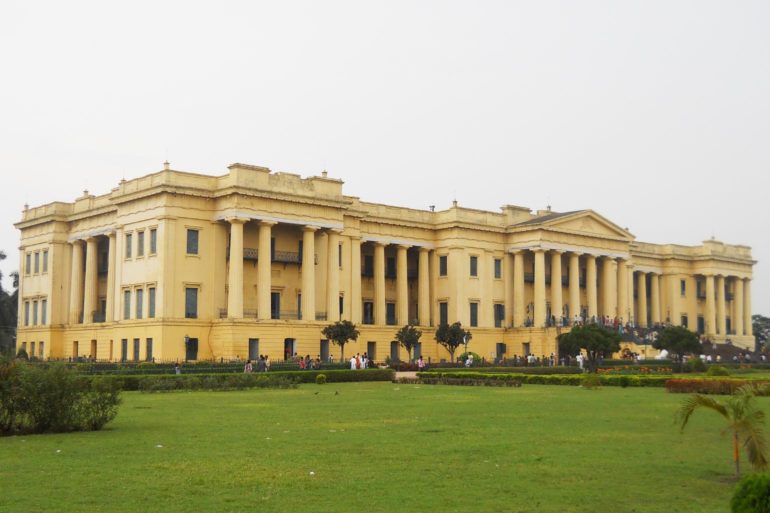Funnily enough, way back in the 18th century, when the first sparks of rebellion were brewing in the Indian Sepoy ranks for what would have been a failed mass mutiny, Murshidabad was already a province prospering in trade and riches.



Back in Britain, Her Majesty’s press had already touted Murshidabad to be at par with London; with a lot of paintings and journals bearing sound testimony to that. Cut to present day life in passing, Murshidabad remains an ugly, pale shadow of all its former pomp and glory, a mere ghost town with a dilapidated maze of heritage thrown around haphazardly-crumbling mansions, estates of erstwhile Zamindars, and a million stories lost in time forever.



A mundane 3-hour journey in the Hazarduary express, one of the many intercity express trains that run from Calcutta, will take you past a scenery of nothingness in vast expanses. A former town of Nawabs, Murshidabad is now a frail, functional town with tourists coming in package tours and chasing the odd silk saree and the brass sword and shield wall hanging.



Deriving its name from Murshid Quli Khan, one of the many rulers to reign this land, Murshidabad saw a myriad variety of characters take centre-stage during its course of history. It was also home to the affluent Zamindars of its time, centered mostly in Cossimbazaar, some of which have been able to maintain a thriving lineage till date.


The hint of stale mystery in the air is undeniable from the time one sets foot here. Back in the day, Nawabs ran the show with lives of grandeur and luxury, carving breathtaking works of splendour for history to barely remember.


The grandest surviving monument here is the Hazarduary Palace, a palatial magnum opus built in 1829 by Nawab Humayun Jah, which now stands a museum for the general tourist flock. It is said that Murshidabad was a first-hand witness to the beginning of 200 years of the British Raj, one that transpired through bloody tales of ambition and treachery. Siraj-ud-Daulah, the last of the Nawabs, met his fate when one of his own, Meer Jaffar betrayed him and it marked the slow, drenching end of Murshidabad’s fairytale.


Image copyrights Niloy Duttagupta

